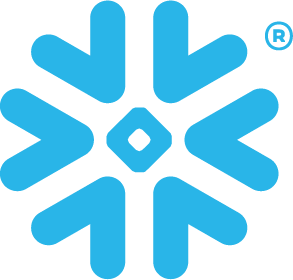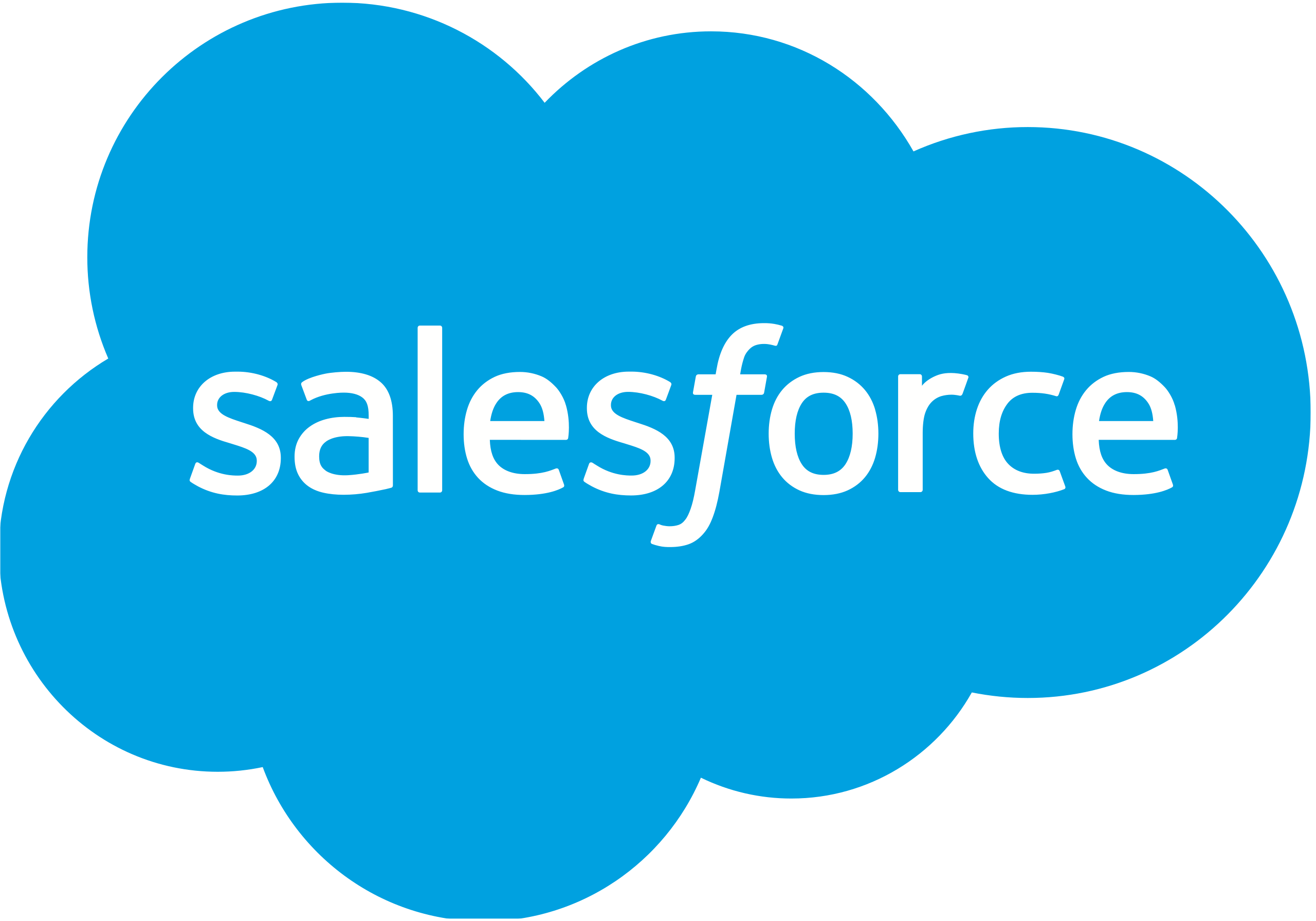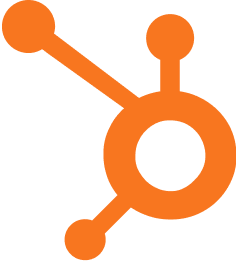Customer Data Platform (CDP): Unifying Customer Data
-2.png)
Published on: October 01, 2024
In today's data-driven business landscape, understanding and leveraging customer data is crucial for success. Enter the Customer Data Platform (CDP), a powerful tool that's revolutionizing how companies manage and utilize customer information. 🚀
A Customer Data Platform is a unified, persistent database that collects, organizes, and makes available customer data from various sources across an organization. It provides a single, comprehensive view of each customer, enabling businesses to deliver more personalized and effective marketing campaigns, improve customer experiences, and drive revenue growth.
Key Features of a Customer Data Platform
CDPs offer several essential features that set them apart from other data management solutions:
- Data Integration: CDPs collect and unify data from multiple sources, including CRM systems, web analytics, mobile apps, and offline interactions.
- Identity Resolution: They create a single customer profile by matching and merging data from different touchpoints and devices.
- Data Segmentation: CDPs allow for advanced audience segmentation based on various attributes and behaviors.
- Real-time Updates: Customer profiles are updated in real-time as new data becomes available.
- Data Activation: CDPs can push segments and insights to other marketing tools and channels for immediate action.
CDP vs. CRM: Understanding the Difference
While both CDPs and Customer Relationship Management (CRM) systems deal with customer data, they serve different purposes:
| CDP | CRM |
|---|---|
| Focuses on creating a unified customer database | Primarily manages sales and service interactions |
| Collects data from multiple sources | Mainly contains manually entered data |
| Provides a 360-degree customer view | Offers a transactional view of customers |
| Used by marketing, sales, and customer service teams | Primarily used by sales and customer service teams |
Benefits of Implementing a CDP
Integrating a CDP into your tech stack can yield significant benefits:
- Enhanced Customer Understanding: Gain a holistic view of your customers across all touchpoints.
- Improved Personalization: Deliver tailored experiences and offers based on comprehensive customer data.
- Increased Marketing Efficiency: Streamline marketing efforts by targeting the right customers with the right message at the right time.
- Better Customer Retention: Use insights to improve customer satisfaction and reduce churn.
- Data Compliance: Centralize data management to ensure compliance with privacy regulations like GDPR and CCPA.
Implementing a CDP: Best Practices
To maximize the value of your CDP investment:
- 📊 Define clear objectives and use cases before implementation
- 🔍 Ensure data quality and establish data governance processes
- 🤝 Foster collaboration between marketing, IT, and data teams
- 🎯 Start with high-impact use cases and scale gradually
- 📈 Continuously measure and optimize CDP performance
The Future of CDPs
As customer data continues to grow in volume and complexity, CDPs are evolving to meet new challenges. Future trends include:
- Integration of AI and machine learning for predictive analytics
- Enhanced real-time processing capabilities
- Improved data privacy and consent management features
- Deeper integration with other martech and adtech solutions
In conclusion, Customer Data Platforms are becoming an indispensable tool for businesses looking to harness the power of their customer data. By providing a unified view of the customer and enabling data-driven decision-making, CDPs are helping companies deliver exceptional customer experiences and drive growth in an increasingly competitive landscape.
As you consider implementing a CDP in your organization, ask yourself:
- How fragmented is our current customer data across different systems?
- What specific use cases would benefit most from a unified customer view?
- How would a CDP integrate with our existing marketing and sales tech stack?
- What resources and skills do we need to successfully implement and manage a CDP?
- How will we measure the ROI of our CDP investment?
By addressing these questions, you'll be well-positioned to leverage a CDP to transform your customer data into a powerful asset for your Sales and Marketing operations. 💼📈
















